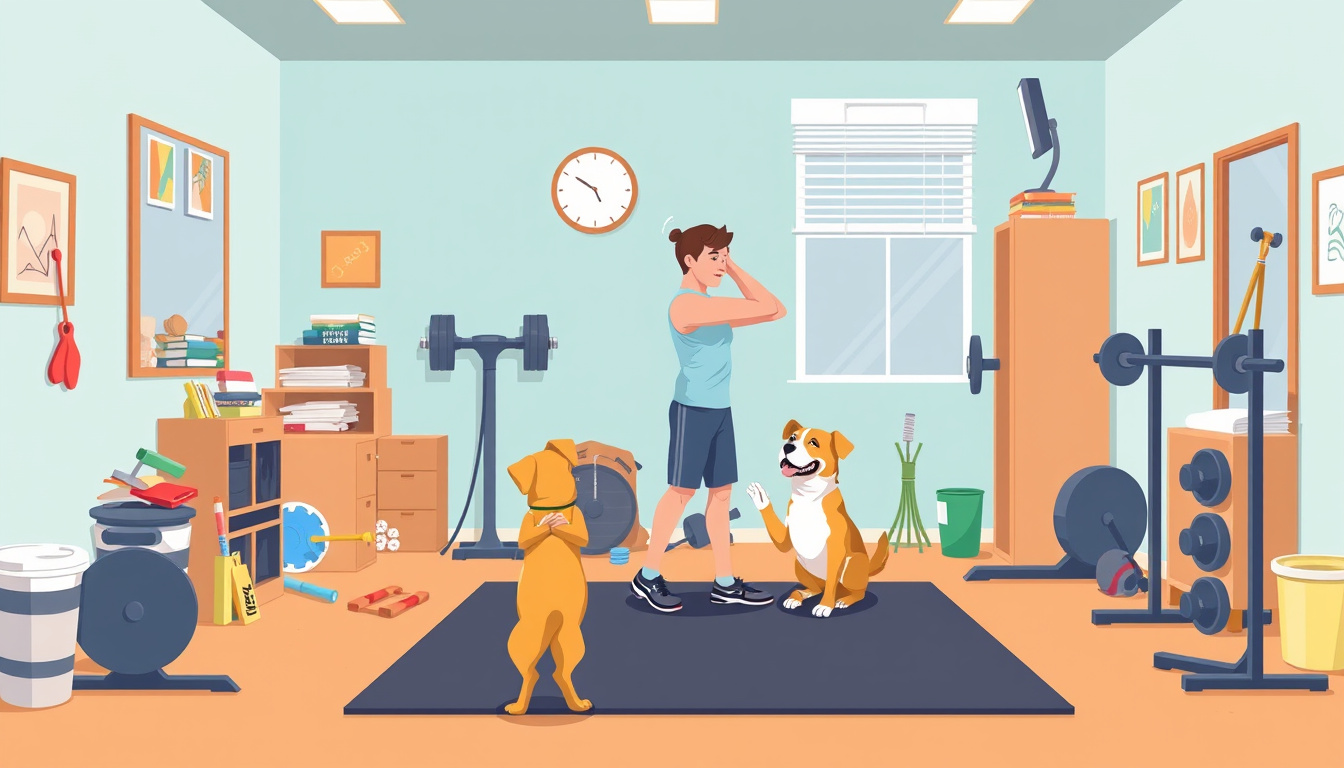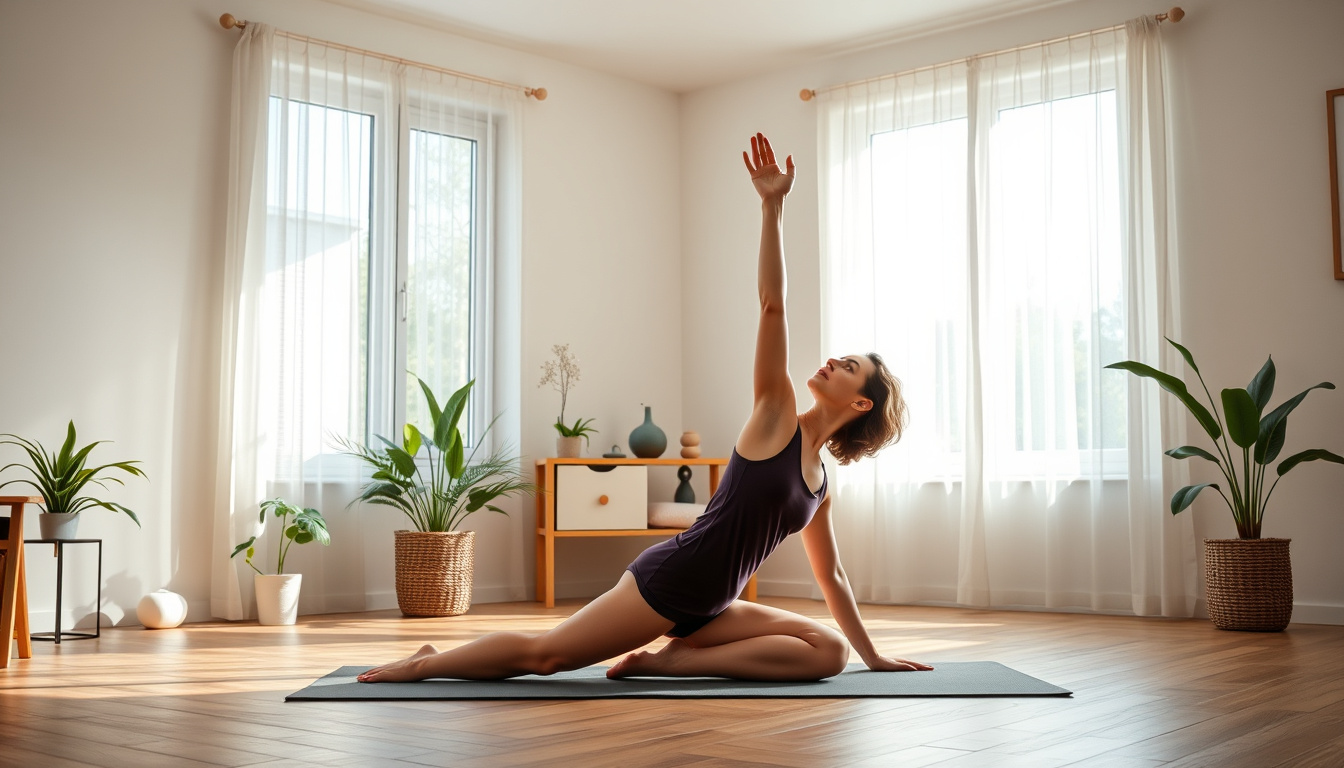High-Intensity Interval Training (HIIT) is a popular workout method for people who want to boost their fitness in a short time. HIIT burns calories and builds heart strength. It works well when you exercise at home. When you push your body hard, it is wise to keep safety in mind. This article gives you basic advice and tips on how to do HIIT at home safely, so you get the gains while lowering the chance of injury.
Understanding HIIT
HIIT uses short, hard bursts of exercise and short rests between them. The sessions often last 15 to 30 minutes. The method works well because you gain strength without long hours at the gym. Still, guided by proper care and knowledge, home HIIT can hurt if you are not cautious.
Tips for Safe HIIT Workouts at Home
- Choose a Clear Space
Place yourself in a clear, open area. Remove any items like furniture or equipment that might get in the way. A yoga mat helps for floor moves by giving you grip and soft landings.
- Warm Up Properly
Begin with a warm-up that wakes your muscles. Do gentle stretching or light movement, like jogging in place, for 5–10 minutes. Warm muscles and joints help you work out safely.
- Start Slow
If you are new to HIIT or coming back after a break, use easy routines. Keep the speed and number of bursts low so the body can adjust. Slowly build up the pace as you learn the moves.
- Keep Your Form Right
Good form helps you avoid harm while doing HIIT. Watch your body alignment during every move. Watch online guides or join a live class with a trainer if you need help.
- Pay Attention to Your Body
Hard workouts tax your body. Notice how you feel as you exercise. If you sense pain or discomfort in your joints or muscles, rest or change the move. It is best to take your time rather than risk an injury.
- Drink Enough Water
Water is key to keeping your body working well. Sip water before, during, and after your session. A well-watered body helps you move better and recover faster.
- Cool Down and Stretch
After your session, take time to cool down. Spend 5–10 minutes on slow stretches to help your muscles relax. This practice helps stop tightness and soreness after a tough session.
- Plan a Balanced Routine
Build a HIIT routine that works different muscles. Mix moves that train strength, heart rate, and flexibility during the week. This mix helps avoid hurting any one area.
- Adjust Moves When Needed
Not every HIIT exercise fits everyone. Change the move if your body asks for a gentler option. Instead of a full burpee, step back slowly. Let what feels right guide you.
Conclusion
High-Intensity Interval Training can be an effective way to work out, even at home. With this safety advice, you can build your HIIT routine smartly while keeping your body safe. The trick to a good session lies in both effort and safe practice. With simple steps and careful moves, enjoy a steady path to better fitness right in your home. Happy sweating!




